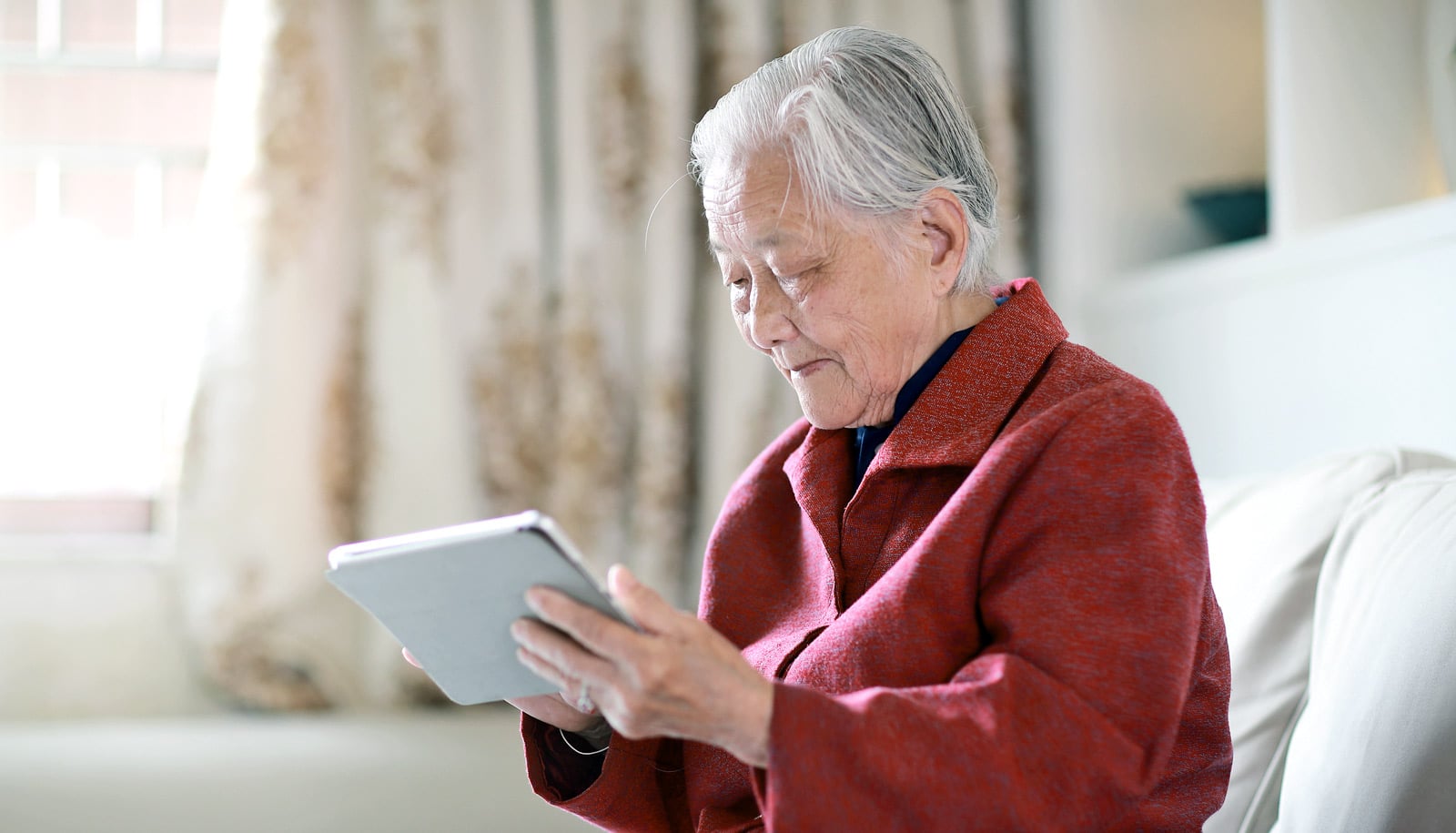Telemedicine can successfully deliver quality care for people with Parkinson’s disease, according to research on a nationwide program that links neurologists and patients via video conferencing.
The findings offer a new way to improve care for people who suffer from the disease, but may not have access to a neurologist.
“Virtual house calls for chronic diseases like Parkinson’s are not only as effective as in-person care but broader adoption of this technology has the potential to expand access to patient-centered care,” says Ray Dorsey, professor of neurology at the University of Rochester Medical Center and lead author of the study in Neurology.
“We now have the ability to reach anyone, anywhere but the promise and benefits of telemedicine will not be fully realized until the changes are made in Medicare policy.”
“Telemedicine is especially valuable to patients in remote, rural, and underserved areas because it gives them the ability to consult specialists they would otherwise have to travel hours to see,” says Peter Schmidt, senior vice president and chief research and clinical officer of the Parkinson’s Foundation.
Telemedicine brings doctor to people with diabetic eye disease
It’s estimated that 40 percent of people who have Parkinson’s disease don’t see a neurologist soon after diagnosis, placing them at significantly greater risk of falls leading to hip fractures, ending up in a nursing home or hospital, and even death.
The challenge of providing care to these people becomes ever greater as the population ages—it is projected that the number of people with Parkinson’s disease will double by 2030.
The most significant barriers to appropriate care for Parkinson’s patients are distance and disability. Most movement disorder specialists are located in academic medical centers in large urban areas. Most patients live in suburban and rural areas, have impaired mobility and driving ability, and face the challenge of making frequent trips to the doctor’s office—a task that becomes more difficult as the disease progresses.
The goal of the new study was to see if telemedicine would allow neurologists to deliver care to patients in the comfort of their homes. A total of 195 individuals with Parkinson’s from across the United States participated in the study. Participants either received care through their primary care physician or had that care supplemented with up to four visits via video conference with a neurologist they had not seen before.
Parkinson’s disease particularly lends itself to telemedicine because many aspects of the diagnosis and treatment of the disease are “visual”—meaning that the interaction with the doctor primarily consists of listening to the patient and observing them perform certain tasks such as holding their hands out or walking.
Cells in petri dish ‘oscillate’ like Parkinson’s tremors
Telemedicine visits were as effective as in-person visits in the doctor’s office, with the quality of life reported by the participants as no better or worse for people who received care in their homes compared with those who received standard care. The virtual house calls also saved patients an average of 169 minutes and nearly 100 miles of travel per visit.
While the current study is one of several that have demonstrated the potential benefits of telemedicine, federal healthcare policies hinder widespread adoption of this technology. Approximately two-thirds of Parkinson’s patients are on Medicare, which doesn’t reimburse for in-home telemedicine care. Legislation has been introduced in Congress to allow Medicare to expand reimbursement for telemedicine.
“We can shop, bank, make travel reservations, take classes, and buy groceries via the internet from the comfort of our own homes, but too many patients still cannot access health care,” Dorsey says.
“Telemedicine is an option if you are a veteran, a member of the Armed Services, a Medicaid beneficiary, or a Canadian, but not if you have a chronic condition and are a Medicare beneficiary.”
Additional coauthors are from the University of Rochester; Duke Medical Center; Johns Hopkins School of Medicine; Northwestern University; the University of California, Berkeley; the University of Kansas Medical Center; the University of Pennsylvania Perelman School of Medicine; the Parkinson’s Foundation; Simone Consulting; the University of California, San Francisco; Northwest Neurology; Oregon Health and Science University; Baylor College of Medicine; Augusta University; Massachusetts General Hospital; Struther’s Parkinson’s Center; Beth Israel Deaconess Medical Center; the University of Miami; the Medical University of South Carolina; the Parkinson’s Institute; the Mayo Clinic; the Karolinska Institute in Sweden; and PatientsLikeMe.
The Patient-Centered Outcome Research Institute supported the work.
Source: University of Rochester



